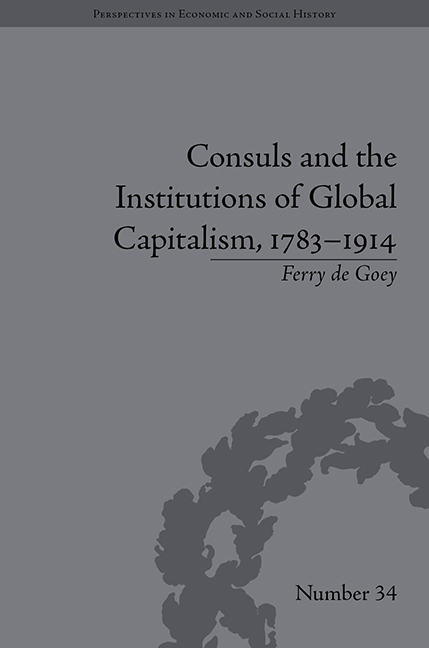4 - North and South America
Summary
Whereas in the Middle East and the Far East, the consuls played an import role combining political, judicial and economical duties, in North and South America conditions were completely different. The role of consuls remained much more limited to economic matters and in some places, mainly South America, political affairs. European countries were eager to establish diplomatic and commercial relations with the United States of America after 1783 and the new republics in Central and South America after the 1820s. It was equally important for these new states to conclude treaties of friendship and commerce because it would ensure their political and economic survival. The system of international relation in the Americas was familiar to the Europeans. Both were based on European ideas about equality, sovereignty, the rule of law, the law of nations, the standard of civilization and the Family of Nations. For consuls this meant that their role was easier in comparison to the conditions encountered in the Middle East and Far East. The Europeans introduced different institutions in North and South America from the sixteenth century, based on different ‘institutional blueprints’ related to the system of government and property. In North America democracy and private property were introduced, in South America monarchic absolutism and state property ruled. In the long run, this created a divergence between the northern and southern part of the Western hemisphere.
- Type
- Chapter
- Information
- Consuls and the Institutions of Global Capitalism, 1783–1914 , pp. 85 - 114Publisher: Pickering & ChattoFirst published in: 2014



